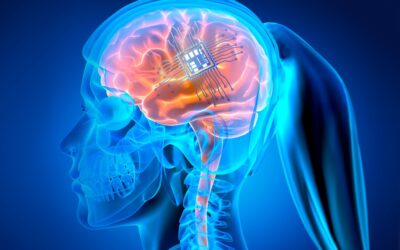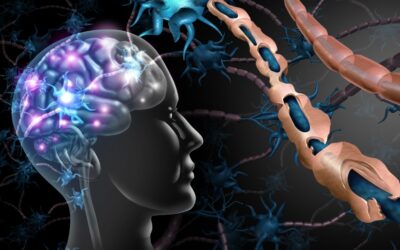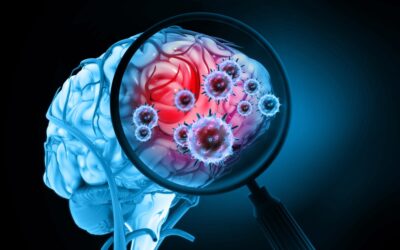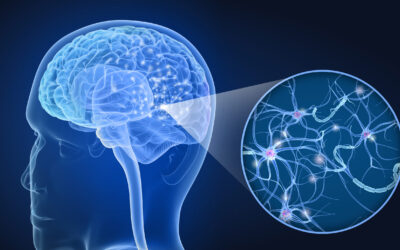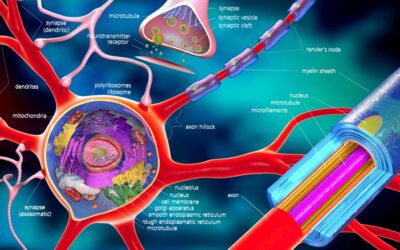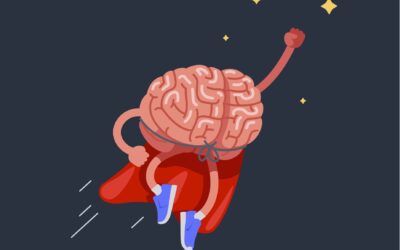Implications Of Sarcopenia On Health And Longevity
It is easy to assume that losing some strength is a “normal part of aging”. In fact, maybe you have even heard this from your healthcare providers. The truth is that getting “weaker” as we age is not “normal” and could be a sign of other medical conditions. Sarcopenia is an “abnormal” loss of muscle mass that must be managed in order for you to live your BEST life well into late adulthood.
In this article, we will go into what sarcopenia is, and things you can start doing today to make sure you avoid this potentially life altering condition.
What Is Sarcopenia?
We gradually lose muscle mass—and strength and function along with it—after we hit 30, seeing a reduction anywhere between 3-8% every decade.
Some lose it more quickly than others, falling prey to sarcopenia.
Sarcopenia is a type of muscle atrophy that comes with the aging process, most commonly affecting people over the age of 60. It can compromise your musculoskeletal system, making you susceptible to frailty, falls, and fractures, increasing your need for institutionalization and hospitalizations, and increasing your risk of mortality.
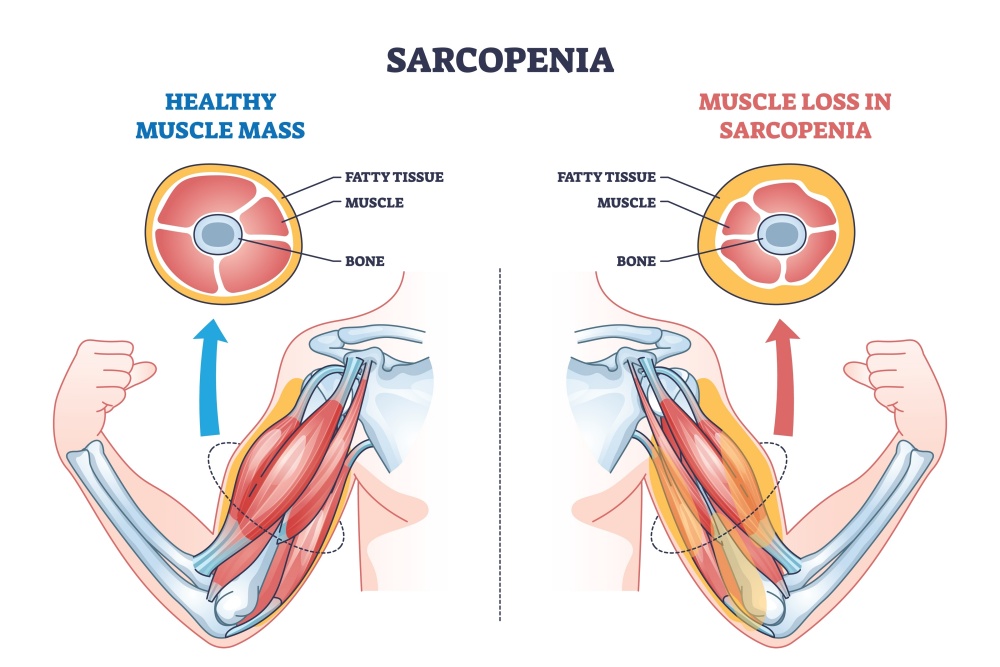
In addition to causing you to spend $860-$933 extra on healthcare (on average), it can also affect your ability to perform everyday tasks like climbing stairs and lifting objects. Thus, it can lead to a loss of independence, impacting your quality of life.
How many older adults have Sarcopenia?
Sarcopenia is reported to influence the health of up to 16% of older adults over the age of 65%
What Causes Sarcopenia?
Sarcopenia is an age-related condition, but researchers believe it can also happen due to a sedentary lifestyle, where individuals get little to no physical activity. However, as physically active people also develop sarcopenia, other factors may be at play.
These may include:
- A decline in your body’s ability to synthesize protein (anabolic resistance) to energy, leading to a progressive reduction in muscle mass.
- A reduction in nerve cells, particularly ones responsible for carrying messages from your brain to allow muscles to move.
- Chronic illnesses, such as chronic obstructive pulmonary disease (COPD),
- A reduction in hormone levels, such as testosterone, human growth hormone, and insulin-like growth factor.
- Not getting adequate nutrition to sustain muscle mass.
Symptoms Of Sarcopenia
People with sarcopenia may experience the following symptoms:
- A reduction in muscle size
- Loss of stamina/endurance
- Poor balance, which can make them susceptible to falls
- Trouble climbing stairs
- Weakness
They also have difficulty doing physical activities, which can further contribute to muscle mass loss. The loss of muscle mass is linked to insulin resistance and metabolic syndrome. As a result, it can increase fat mass accretion due to low total energy expenditure, making you more susceptible to obesity, diabetes, and hypertension.
So, if you are experiencing these symptoms, instead of treating them as “a normal part of aging”, take a proactive approach, starting with the SARC-F test to assess your risk.
How Is Sarcopenia Diagnosed?
There is no single way to diagnose muscle loss. So, your healthcare provider may start the process by conducting physical tests, such as:
- Chair stand test: It can evaluate leg strength and endurance, especially of the quadriceps. It measures the number of stands a person can complete in 30 seconds without using their arms.
- Handgrip test: This grip power test, which calls for pressing against the dynamometer with all possible force, helps providers identify overall muscle strength. It also tells whether your strength is weakening or just lacking.
- Short Physical Performance Battery (SPPB): This objective assessment test combines three different tasks: walking speed, sit-to-stand, and balance, to evaluate lower extremity strength and functioning.
- Timed-Up and Go Test (TUG): TUG measures the time it takes to stand up from a chair, walk 3 meters (10 feet), turn, walk back to the chair, and sit down. This helps assess a person’s mobility, gait, sway, and stability.
- Walking speed test: It measures the speed you walk a specific distance, which can help providers assess your functional mobility.
These physical tests can help evaluate weakness and assess the objective value of muscle function. But in case the provider needs more information to come to a definitive decision, they may recommend imaging tests, such as:
- Bioelectrical Impedance Analysis (BIA): It is used to measure fat- and fat-free mass to estimate your true body composition.
- Dual-energy X-ray Absorptiometry (DEXA or DXA): It is used to determine bone mineral density, which is an accurate way of determining fracture risk.
Sarcopenia Treatment: All You Need To Know
Sarcopenia could result in longer recovery times from injury, and the worst part is that you won’t get back to your pre-injury levels of functioning. It can severely impact your ability to move around, tanking your social life and increasing loneliness.
Seeing that it’s a progressive disease, you must act now to live a long, healthy life.
Treatment for sarcopenia can include:
Physical Activity
Resistance exercise training can enhance muscle mass and strength, making it the first line of defense for managing sarcopenia. You should go over these exercises in a periodized fashion, taking rest periods between sets to optimize the preservation of exercise intensity and meet your training goals.
The best part?
It will also optimize your hormones, which could help minimize sarcopenia symptoms brought on by hormonal changes like menopause.
Diet
Research conducted on 14,585 individuals aged ≥65 years showed that people who ate 4+ servings of fruit had 40% lower odds of sarcopenia. However, it’s important to note that these benefits extended more to women than men.
That said, a well-balanced diet of high-quality protein, fruits, and vegetables could offer protection against muscle wasting, which may treat the effects of sarcopenia.
Medication
While there are no specific medicinal treatments for sarcopenia, recent clinical trials have focused on the following drugs as possible treatment options:
- Growth hormone supplements: They can restore skeletal muscle protein synthesis and lower age-associated oxidative damage, which may combat the development of sarcopenia.
- Testosterone supplements: A high dose of testosterone could reverse age-related sarcopenia by stimulating cellular metabolism and survival pathways.
- Urocortin II (stresscopin-related peptide): It prevents loss of skeletal muscle mass in normal and atrophying muscles.
Something to remember: These studies are conducted on animal subjects, not humans, so more research is required to back their efficacy on Homo sapiens.
Other treatments under the radar include:
- Angiotensin-converting enzyme inhibitors, which could prevent mitochondrial decline and improve muscle metabolism.
- β-hydroxy-β-methylbutyrate (HMB), which could improve lean muscle mass, strength, and function.
- Vitamin D, which could improve muscle strength and mass.
Apart from these, medications for treating metabolic syndromes may also work—but only when used with resistance training.
In Conclusion
While it’s near impossible to reverse something that has already been brought on by age, you can reduce the severity of the symptoms of sarcopenia by maintaining a healthy weight, eating a nutritious diet, and doing resistance-based exercises. This can improve your quality of life, which can, in turn, reduce your risk of mortality overall.
Increase Physical Activity with Exercise Snack
Physical activity could be the single most important lifestyle habit. In fact, it may help cope with the symptoms of a chronic condition and improve overall health. The CDC recommends 150-300 min of moderate-intensity activity per week. But fitting exercise into a...
BDNF And Stroke Recovery
Stroke can cause long lasting disability due to nerve cell (neurons) death greatly impacting someone’s overall quality of life. The neuron death can cause problems with mobility, balance, sensation, speech, vision, cognition (thinking), comprehension (understanding),...
Brain Derived Neurotrophic Factor (BDNF) and Brain Health
Brain-derived neurotrophic factor (BDNF) is a protein that aids in cell function and promotes the growth of new nerve cells (neurogenesis). Studies have shown that BDNF plays a critical role in neuroplasticity (the brains ability to build new nerve connections) and...
Neuroinflammation: Implications in Brain Health and Disease
Neuroinflammation is a broad term that is characterized by an immune response in the central nervous system (CNS) - the brain and spinal cord. This abnormal immune response is initiated by cues including infection, bacteria, brain injury, toxins and autoimmunity. ...
Mitochondrial Dysfunction in Multiple Sclerosis
Multiple sclerosis, also known as encephalomyelitis disseminata is a neurodegenerative disease characterized by damage to the white matter in the brain and spinal cord (central nervous system. The mitochondria are implicated in MS disease progression. With that said,...
Mitochondria: Key to Brain Health
Within every cell of the human body is a pool of structures called mitochondria, often referred to as the “powerhouse” of the cell (generating 90% of the body’s energy). In recent years mitochondria have been credited for brain health and optimal performance. On the...
Best Brain Exercises For Stroke Recovery
Best Brain Exercises For Stroke Recovery A stroke can cause long-term damage to the brain, impair movement, and significantly diminish cognitive abilities. Mobility and strength training to retrain the muscles after a stroke is a huge part of the stroke recovery...



